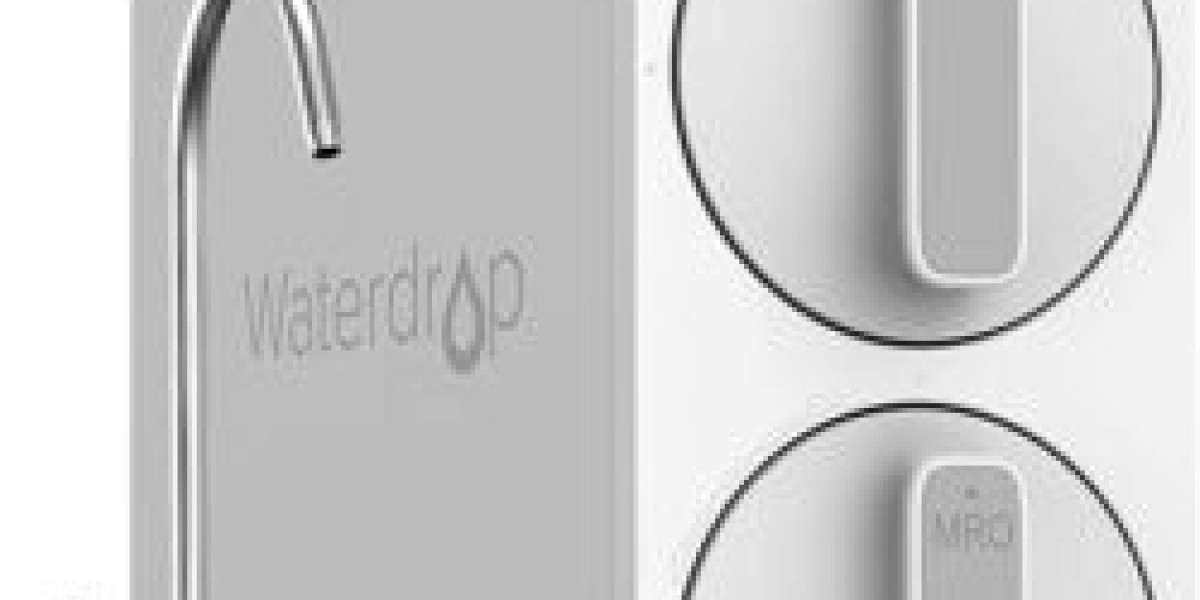Unlock the Secrets of LiPo Batteries: Elevate Your RC Car Experience!
In the world of remote-controlled (RC) cars, performance is king. One of the most significant upgrades RC enthusiasts can make is switching to lithium polymer (LiPo) batteries. These batteries have surged in popularity among hobbyists and beginners alike, thanks to their lightweight design and high energy density. Unlike traditional battery types, LiPo batteries unlock the potential for faster speeds, longer run times, and a more exhilarating driving experience. Whether you’re racing on a track or navigating obstacles in your backyard, understanding the ins and outs of LiPo batteries can transform your RC car experience. In this article, we’ll delve deep into the features, usage, and maintenance of LiPo batteries, helping you make the most of your RC adventures.

Understanding LiPo Batteries
LiPo batteries, or lithium polymer batteries, are a type of rechargeable battery that use a polymer electrolyte instead of a liquid one. This construction allows for a lighter and more compact design, making them ideal for RC cars where weight plays a crucial role in performance. The chemistry of LiPo batteries also contributes to their efficiency; they can deliver higher voltages and greater capacity than other battery types, such as nickel-metal hydride (NiMH) or nickel-cadmium (NiCd). One of the most significant advantages of LiPo batteries in RC cars is their ability to provide consistent power output throughout the discharge cycle, giving your vehicle more speed and agility. I remember when my friend switched to LiPo batteries for his RC truck; the difference in acceleration was astounding, allowing him to keep up with the competition effortlessly.
Features of LiPo Batteries for RC Cars
When considering LiPo batteries for your RC car, several key features come into play. First, capacity is measured in milliamp hours (mAh) and indicates how much energy the battery can store. Higher capacity translates to longer run times, which is vital for extended racing sessions. Next, the discharge rate, often denoted as "C," refers to how quickly a battery can release its stored energy. A higher C rating allows for better performance, especially during aggressive maneuvers. Weight is another crucial aspect; LiPo batteries are lighter than their counterparts, which can significantly impact the handling and speed of your RC vehicle. Lastly, voltage is a fundamental factor that determines how fast your car can go. Most RC cars operate on a 2S (7.4V) or 3S (11.1V) configuration, and selecting the right voltage is essential for optimal performance. My buddy once made the mistake of using a battery with too low a voltage, only to regret it when his car lagged behind during a race.
Usage of LiPo Batteries in RC Cars
Proper usage of LiPo batteries is crucial for both performance and longevity. First, ensure that the battery size is compatible with your RC car. Most vehicles have specific battery compartments, so choosing a battery that fits is essential. Installation is straightforward: connect the battery’s leads to the corresponding terminals in your RC car. However, always double-check the polarity to avoid potential damage. Additionally, be mindful of the battery's voltage rating; using a battery with a higher voltage than your vehicle is designed for can lead to overheating or even damage. During my time at the local RC club, I witnessed several newbies struggle with battery installation, so taking the time to read the manual and understand your vehicle's requirements can save you from headaches down the line.
Maintenance and Safety Tips
To extend the lifespan of your LiPo batteries, regular maintenance is essential. Always store your batteries at a partial charge, ideally between 40% and 60%, to prevent them from becoming over-discharged. This practice helps maintain battery health over time. When charging, use a dedicated LiPo charger specifically designed for these batteries, as improper charging can lead to fires or explosions. Keeping an eye on the battery temperature during charging is also crucial; if it feels excessively hot, discontinue charging immediately. Additionally, it’s wise to regularly check for any signs of swelling or damage to the battery casing. I recall a friend’s unfortunate experience when he neglected to inspect his batteries properly; it resulted in a fire during charging, which could have been easily avoided with proper maintenance and safety practices.
Enhancing Your RC Car Experience with LiPo Batteries
Understanding LiPo batteries is vital for any RC car enthusiast looking to enhance their driving experience. From their unique construction and features to proper usage and maintenance, knowledge about these batteries can significantly impact performance and safety. By applying the insights shared in this article, you can elevate your RC car adventures, making them more thrilling and enjoyable. Whether you’re racing competitively or just having fun with friends, embracing LiPo technology will undoubtedly take your experience to the next level.





